15 Terrifying Things in the Ocean That Can Sting You
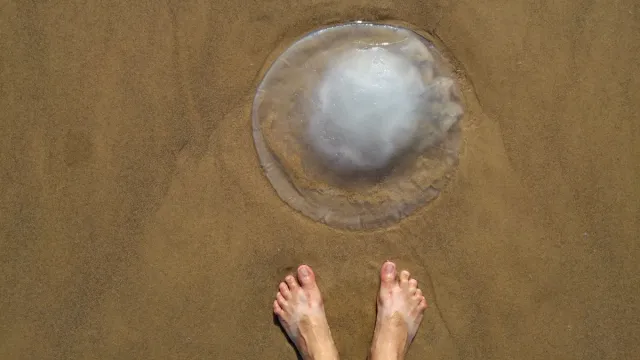
Life under the sea is enormously different than what feel-good movies like The Little Mermaid and Finding Nemo make it out to be. A far cry from the land of singing crustaceans and forgetful (yet totally good-natured!) reef fish, the ocean is actually home to more than a few creatures that would do you harm—and in many cases, that harm comes in the form of a nasty sting. From slow-crawling sea urchins to eerie electric eels, these are the surprising sea creatures that you don’t want to encounter.
1
Portuguese Man O’ War

People often mistake the Portuguese man o’ war for a jellyfish, but this stinging animal is actually a species of siphonophore found in warmer parts of the ocean around the world. According to the National Oceanic and Atmospheric Administration, their stinging capsules, known as nematocysts, “deliver venom capable of paralyzing and killing small fish and crustaceans.” As for humans, while a Portuguese man o’ war sting is almost never fatal, it still “packs a painful punch and causes welts on exposed skin.”
2
Stingray
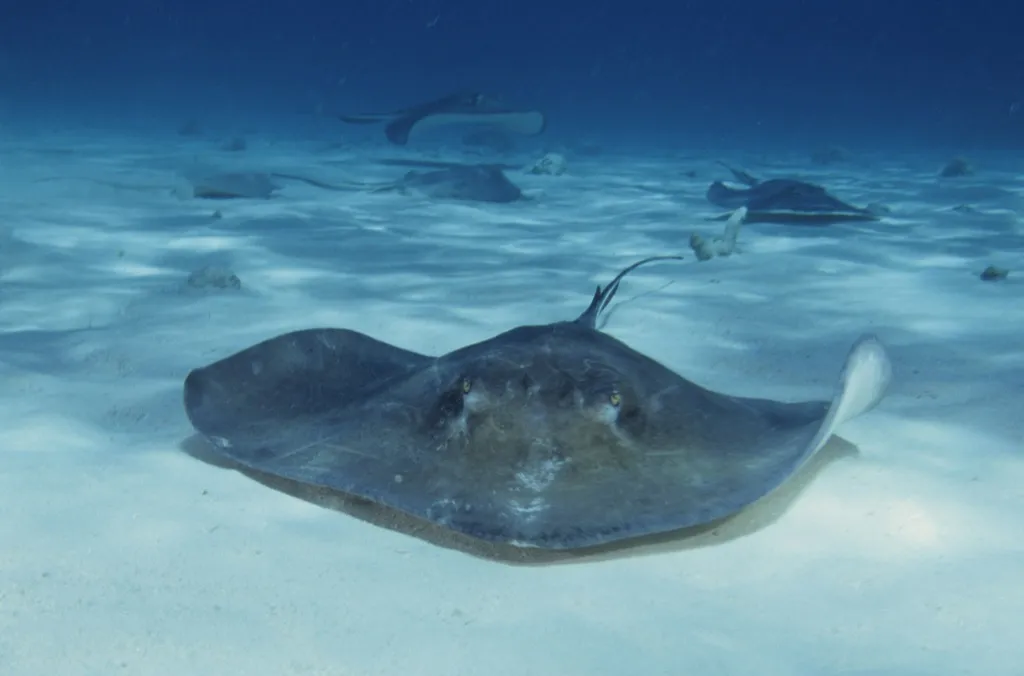
The stingrays you can pet at the aquarium can’t sting you, seeing as they have their barbs—or stingers—removed. Stingrays found in the wild, usually in tropical and subtropical areas, however, are another story. As one review published in the journal Wilderness and Environmental Medicine describes it, these pancake-shaped animals inflict “a stiletto-type knife wound” that “causes intense pain… out of proportion to the apparent injury.”
As the world saw with Steve Irwin in 2006, stingray stings have the potential to be deadly, although they are almost always treatable.
3
Electric Eel
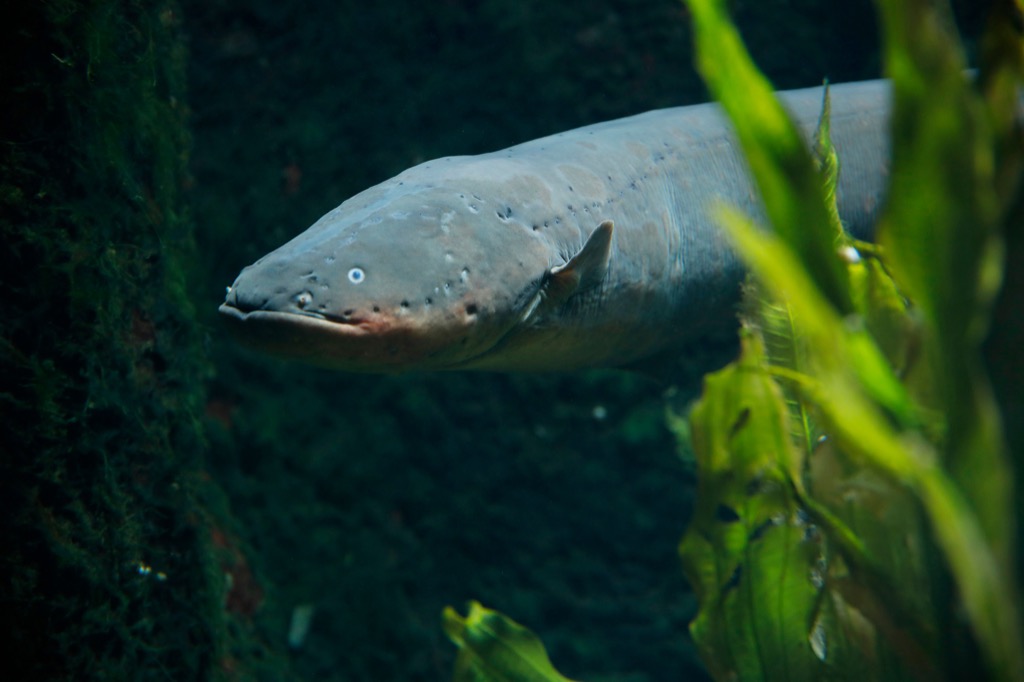
It shouldn’t come as a shock to you—pun intended—that electric eels can sting. (It’s in their name, after all!) Curious what a shock from an electric eel feels like? Well, according to one scientist who let himself get shocked in the name of science (and published his findings in the journal Current Biology), it’s worse than being shot by a TASER gun. However, if you avoid the dark, muddy waters of the streams and ponds of the Amazon and Orinoco basins in South America, then you shouldn’t have a problem steering clear of these creepy creatures.
4
Jellyfish
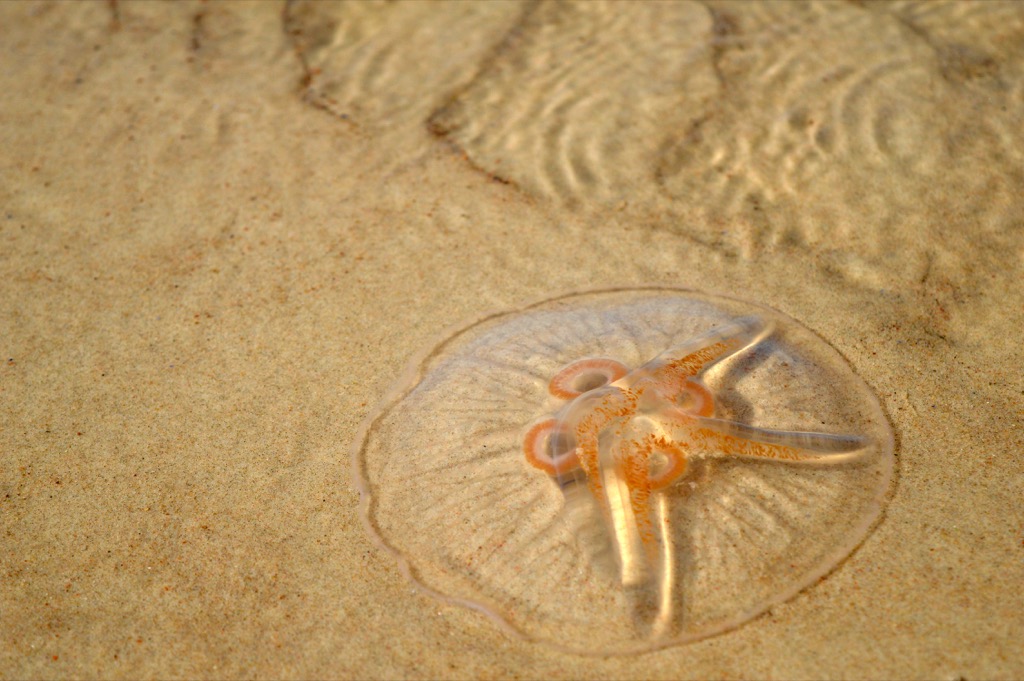
Located all over the world, in deep, shallow, cold, and warm waters alike, jellyfish are easily one of the most recognizable sea creatures that sting. According to the Mayo Clinic, victims of this tentacled creature experience things like prickling pain, red tracks on the skin in a tentacle-like pattern, and itching and swelling at the site of the sting. (And no, you shouldn’t actually take a page out of Monica Geller’s book and pee on someone if they get stung by a jellyfish. Rather, you can—and should—use salt water to wash off any lingering nematocysts.)
5
Sea Urchin
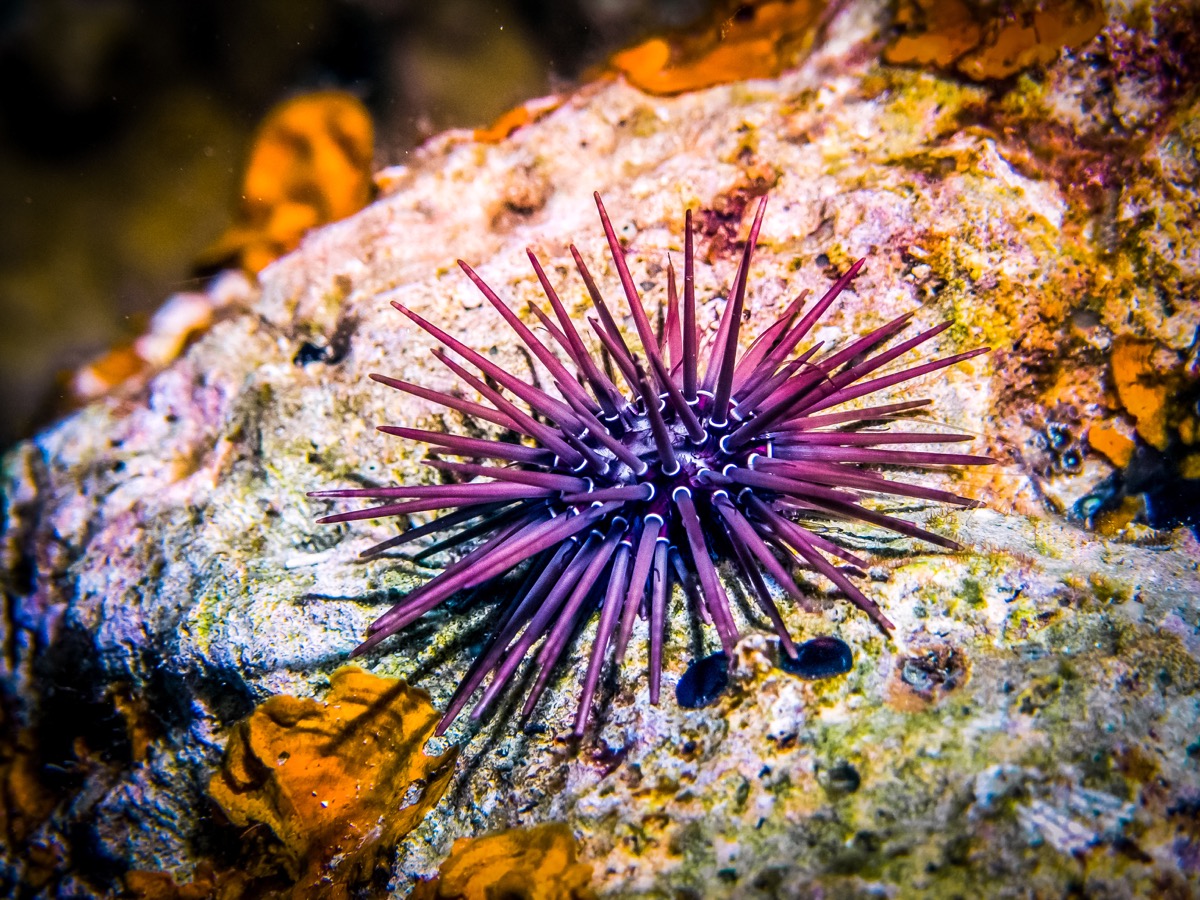
“Out of 600 species of sea urchins, it is estimated that around 80 of them can be venomous to humans” notes a paper from The Podiatry Institute titled “Management of Complicated Envenomation From Sea Urchin Sting.” Of course, these sea creatures, which are found all over the world, move too slowly to creep up and attack anyone, but divers and beach dwellers often step on them by accident, after which their barbed spines “release toxins” and can cause a slew of complications from shock and paralysis to muscle aches and infection.
6
Stonefish
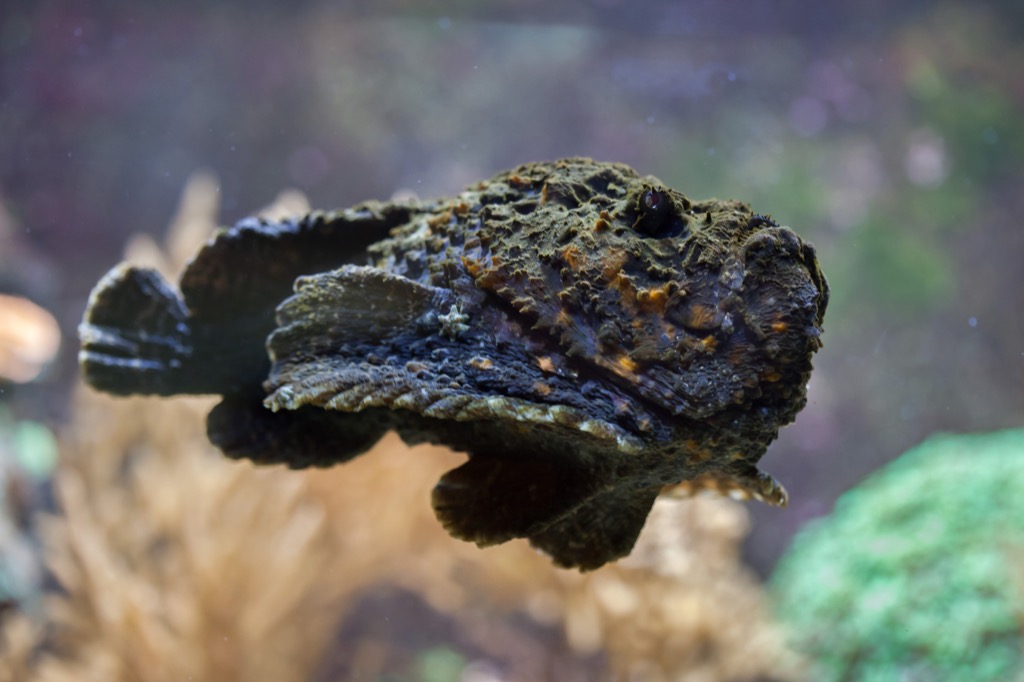
The stonefish, part of the venomous Scorpaenidae family, is a shallow water species with “13 dorsal spines capable of piercing a shoe with a soft sole 0.5 cm thick,” according to one case report from the University of Edinburgh in Scotland. The fish are typically found in the tropical marine waters of the Indo-Pacific.
Victims of a stonefish sting can experience symptoms like “muscular paralysis, respiratory depression, peripheral vasoconstriction, shock, and, in severe cases, cardiac arrest,” though the majority of cases are much less lethal and life-threatening. Stonefish are quite good at blending in with their surroundings—they look like stones, after all—so be careful whenever you’re in an area that’s known to be home to these creatures.
7
Scorpionfish
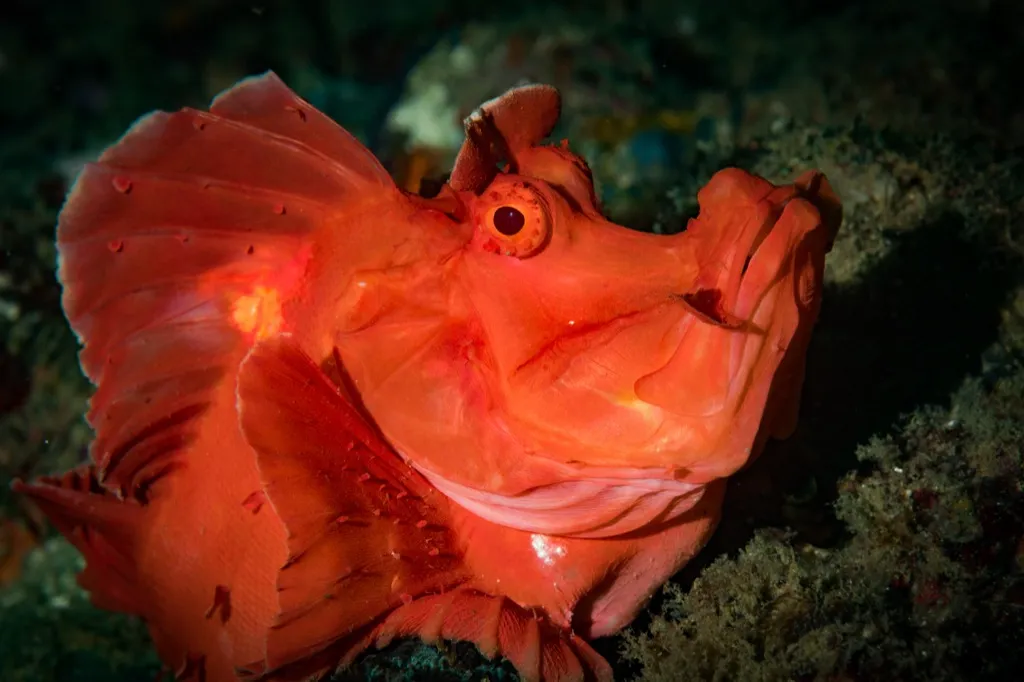
A relative of the stonefish, the scorpionfish has dangerous spines on its dorsal, pelvic, and anal fins, all of which “release venom when mechanically disrupted through contact with a victim,” according to a report titled “Lionfish, Scorpionfish, and Stonefish Toxicity.”
When humans are stung by this sea creature, typical symptoms include headaches, weakness, nausea, vomiting, hypotension, and chest pain, in addition to pain at the puncture site. If you want to avoid scorpionfish, then avoid areas with many a coral reef—that’s where they love to hang out!
8
Lionfish
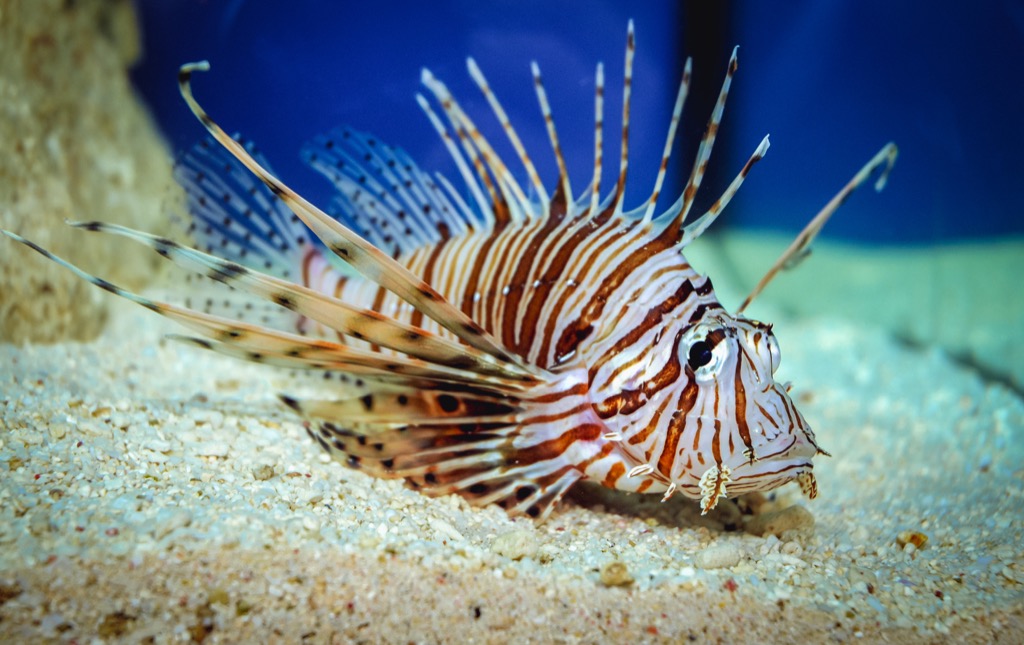
Exotic fish curators love to add lionfish to their collections, seeing as the fish, which is prevalent in Indo-Pacific waters, has such unique and beautiful features. The problem? As the “Lionfish, Scorpionfish, and Stonefish Toxicity” report points out, lionfish are considered to be just as venomous as their scorpionfish and stonefish relatives and they “typically cause injuries when caught by fishermen or encountered by divers.” Those same fins that make lionfish beautiful are what also make them dangerous!
9
Cone Snail
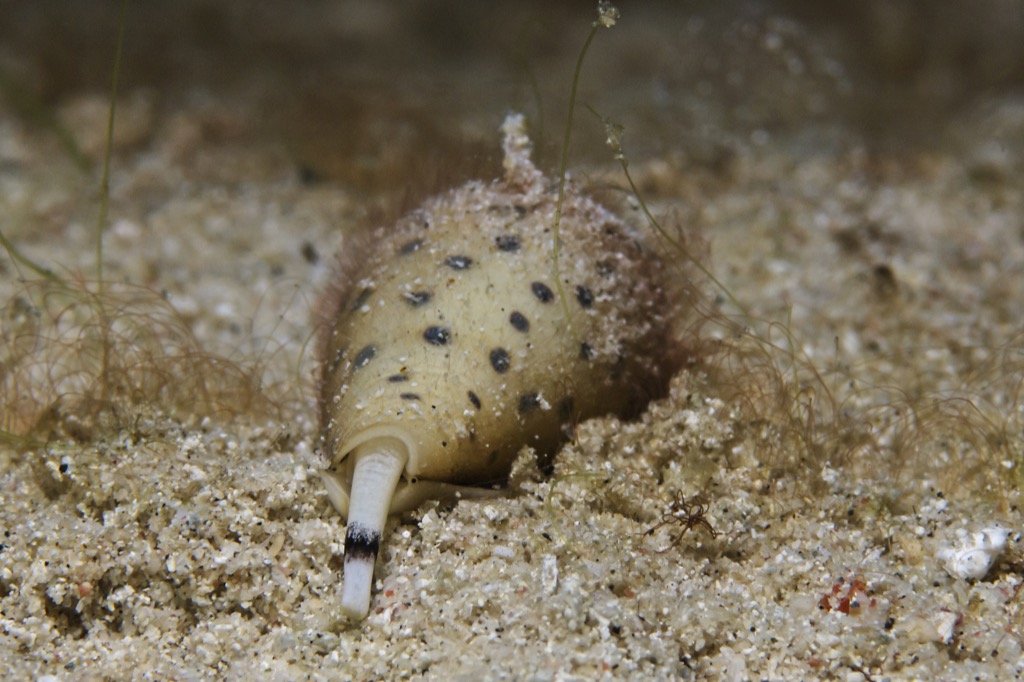
You might want to think twice before picking up a seemingly harmless shell to take home as a souvenir. According to one paper penned by professors at the University of Nebraska Medical Center, the venom from a single cone snail “has a hypothesized potential of killing up to 700 people.”
Reports on fatality rates relating to the cone snail range from 15 percent to 75 percent, but the fact remains that this sea creature—which is found in the Indian and Pacific oceans, the Caribbean and Red seas, and along the coast of Florida—is dangerous and should be avoided at all costs.
10
Sea Anemone
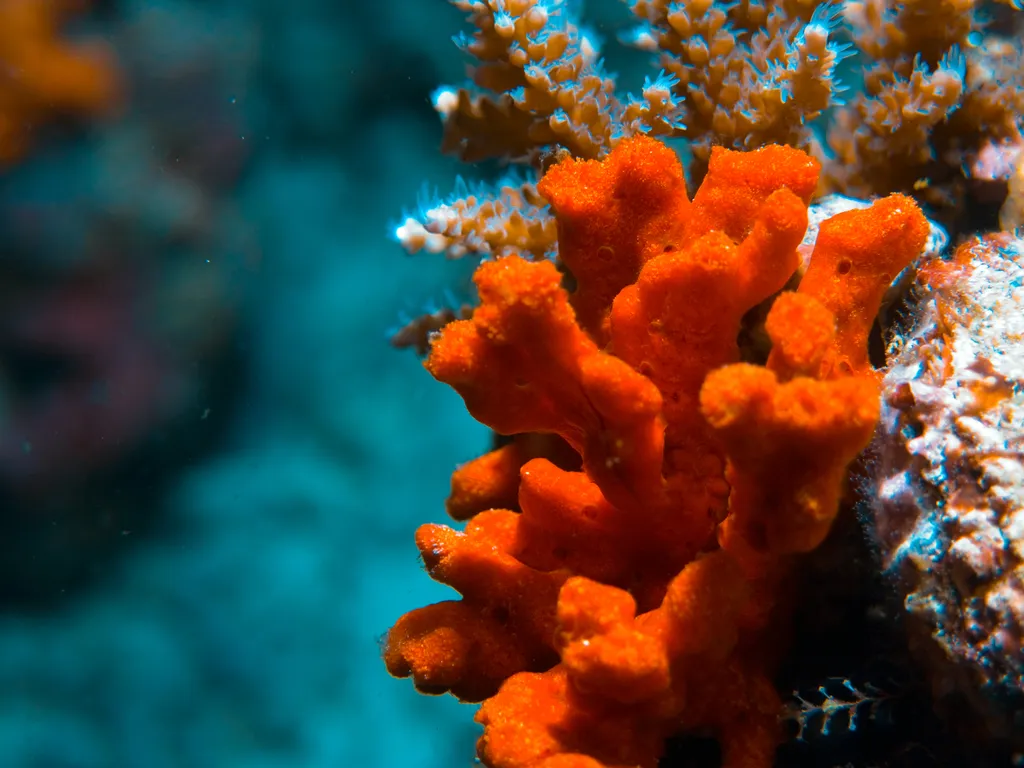
Seeing as it’s closely related to the jellyfish, it’s little surprise that this colorful creature can sting. Though you can’t always see them, the sea anemone has tentacles that, when approached by a predator, spring out and inject a paralyzing neurotoxin, according to National Geographic.
For humans, the amount of neurotoxin injected usually isn’t enough to cause any major damage, but there are rare instances in which a sea anemone sting can cause swelling, stinging, and other symptoms. Though this unique creature can be found in any of the world’s oceans, some of the largest live in coastal tropical waters.
11
Banded Sea Krait
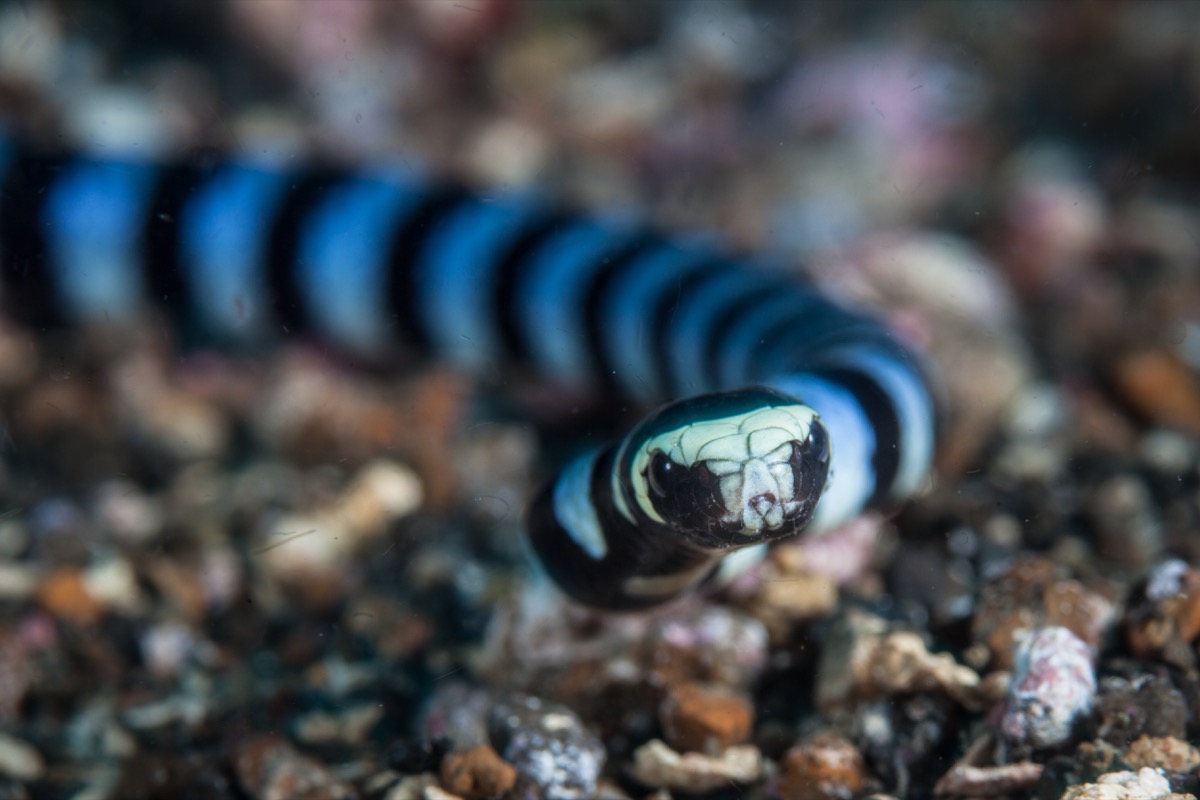
This sea snake, found primarily in tropical and warm climates near coral reefs, spends as much time underwater as it does ashore. And though they have “potent venom,” humans typically don’t have to worry about banded sea kraits. According to Oceana, the slithering sea creature is relatively docile and only opts to attack if and when it’s manhandled. Stay out of its way, and it’ll stay out of yours!
12
Nudibranch
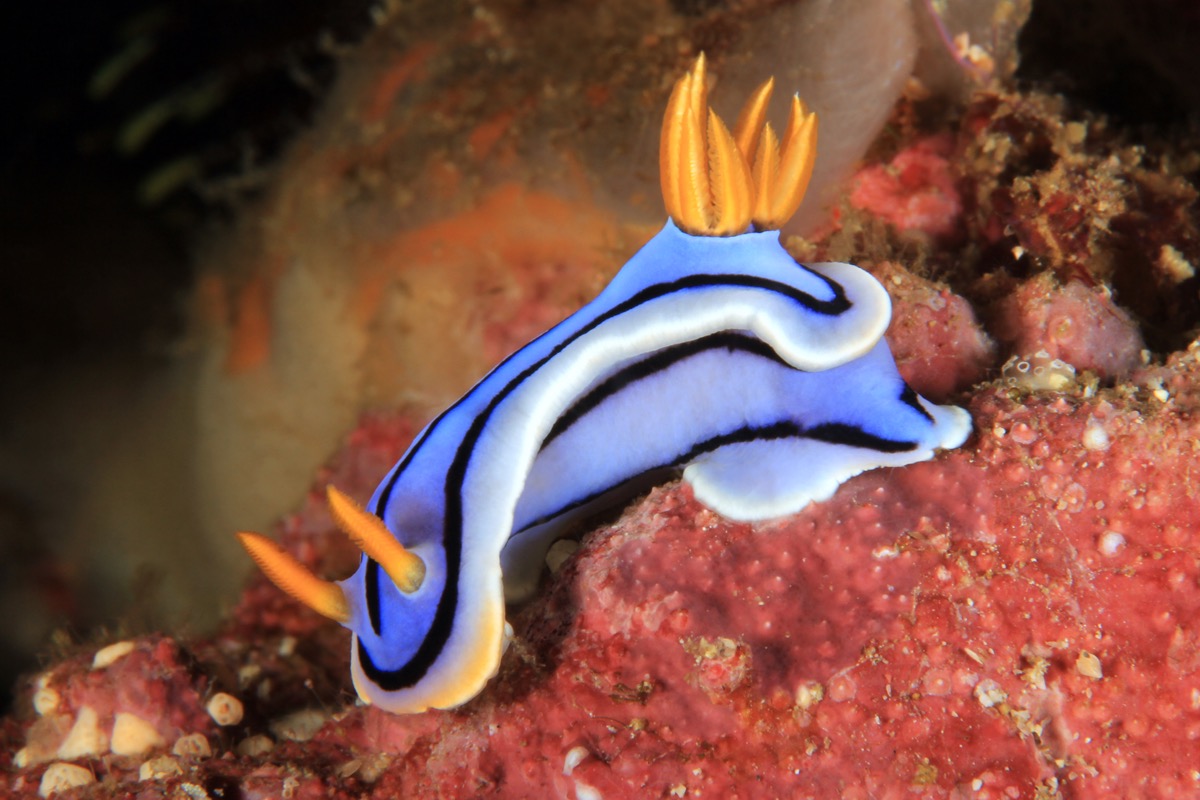
A marine mollusk without a shell, the shallow water-dwelling nudibranch is known for its bright hues and unique shape. However, you should keep your distance if you ever find yourself within range of one of these sea creatures. According to National Geographic, they have the ability to hold onto poisons taken from their prey that they can use as defense mechanisms later on. They can even eat jellyfish, anemone, and other stinging sea creatures and hold on to their stinging cells until they need them.
13
Fire Coral
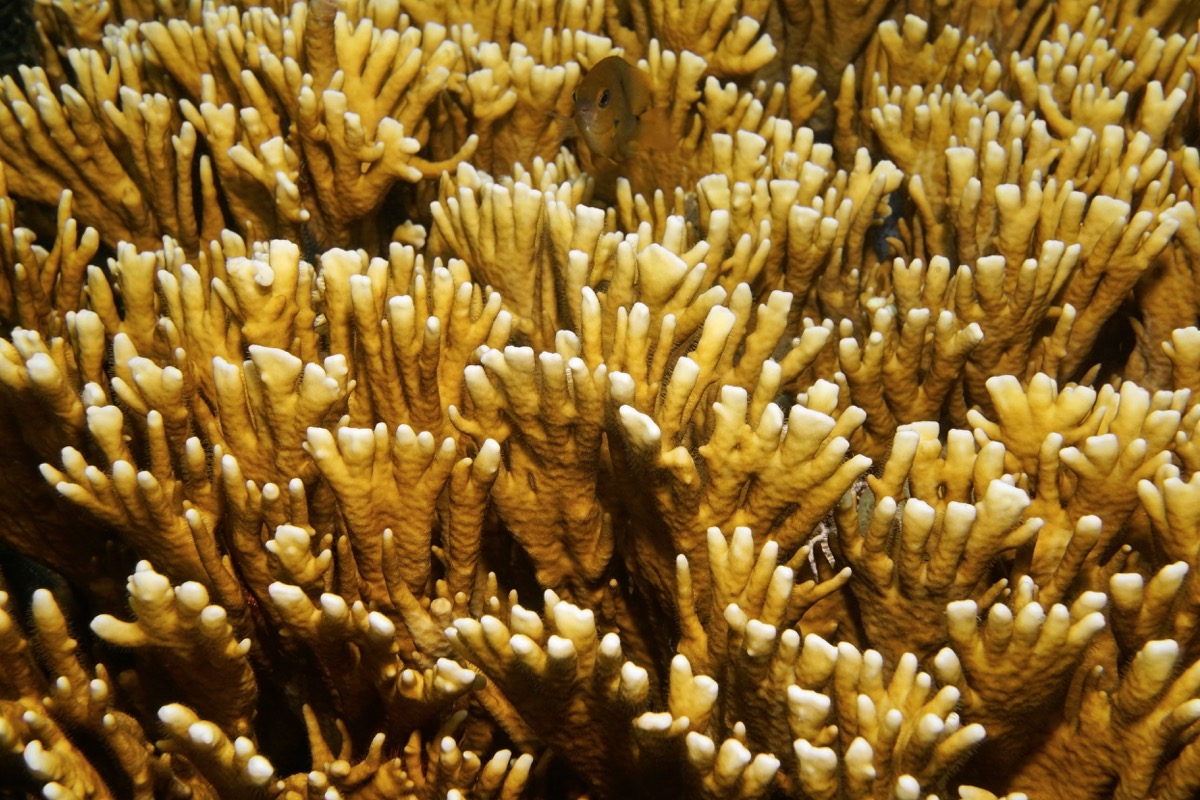
There’s a reason why this hydrozoan is referred to as fire coral. As National Geographic explains, the tiny barbs that stick out of it “produce a painful burning sensation” when divers come in contact with them. Ouch! Thankfully, this coral-like creature prefers to use its stingers on animals who dare to try to use it as a home. It’s primarily found on reefs in the Indian, Pacific, and Atlantic Oceans.
14
Puffer Fish
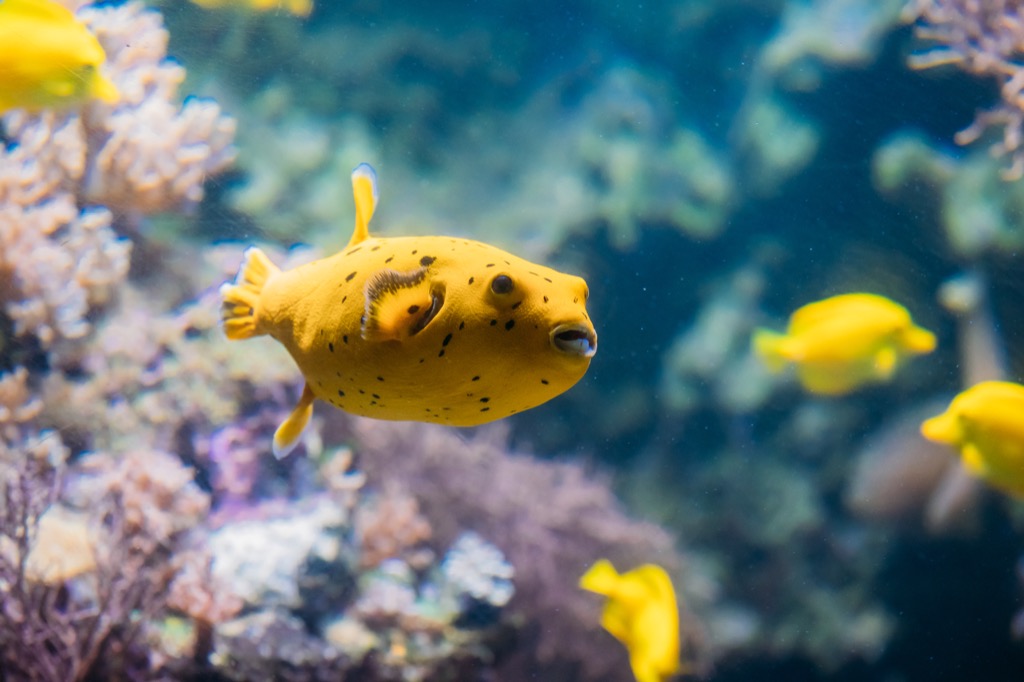
Don’t be fooled by this fish’s seemingly benign and beautiful appearance. According to National Geographic, the puffer fish—found in warmer climates worldwide—houses a toxic substance called tetrodotoxin that’s up to 1,200 times more lethal than cyanide.
Certain cultures consider the fish a delicacy (it’s only prepared by trained, licensed chefs)—but because of its toxicity, government agencies like the FDA have had to explicitly warn that consuming this fish “can cause severe illness and even death.”
15
Weever Fish
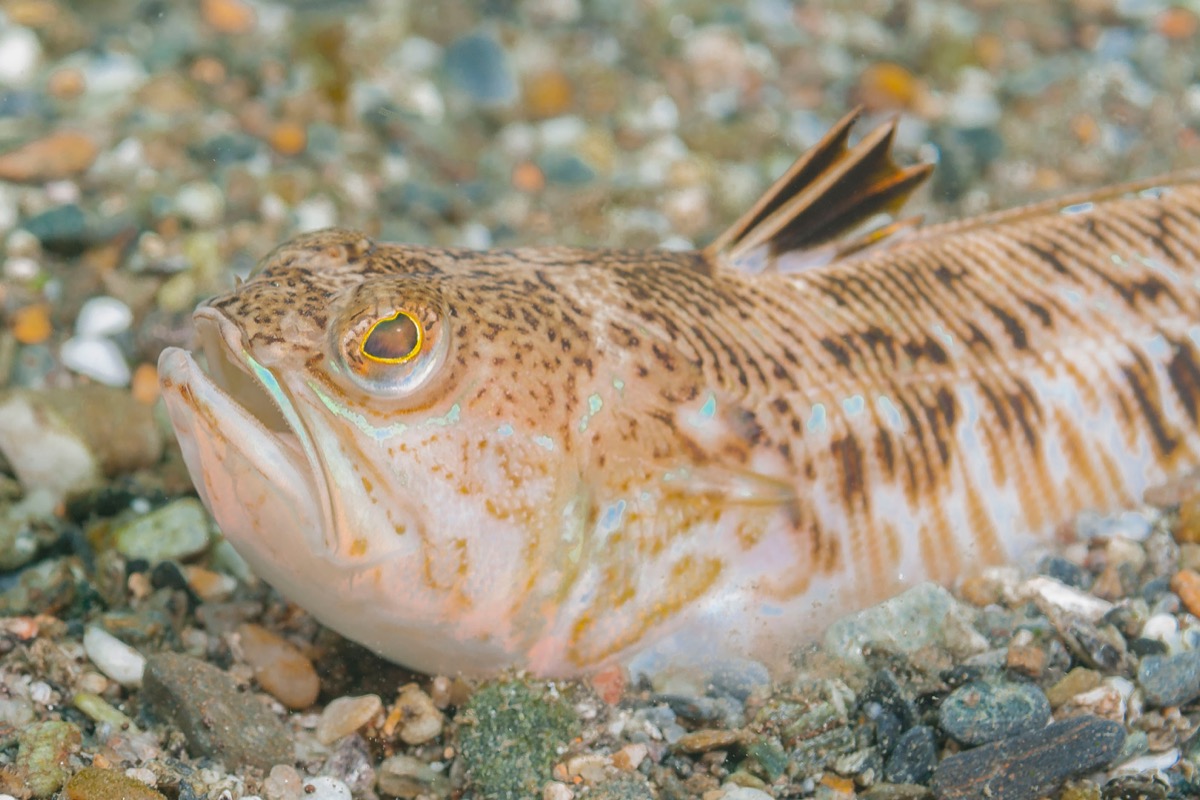
Found in the Atlantic Ocean and the Mediterranean Sea alike, the weever fish is considered to be one of the most dangerous stinging sea creatures out there. That’s because, according to one analysis in the Journal of Accident & Emergency Medicine of two emergency room visits associated with the fish, the venom found in its spines “causes wheal and flare reactions in subcutaneous injections and is lethal to some animals.”
Some of the symptoms that people experience following an encounter with a weever fish include “headaches, nausea, vomiting, sweating, and syncope,” though the pain tends to subside after 24 hours at most.
To discover more amazing secrets about living your best life, click here to follow us on Instagram!